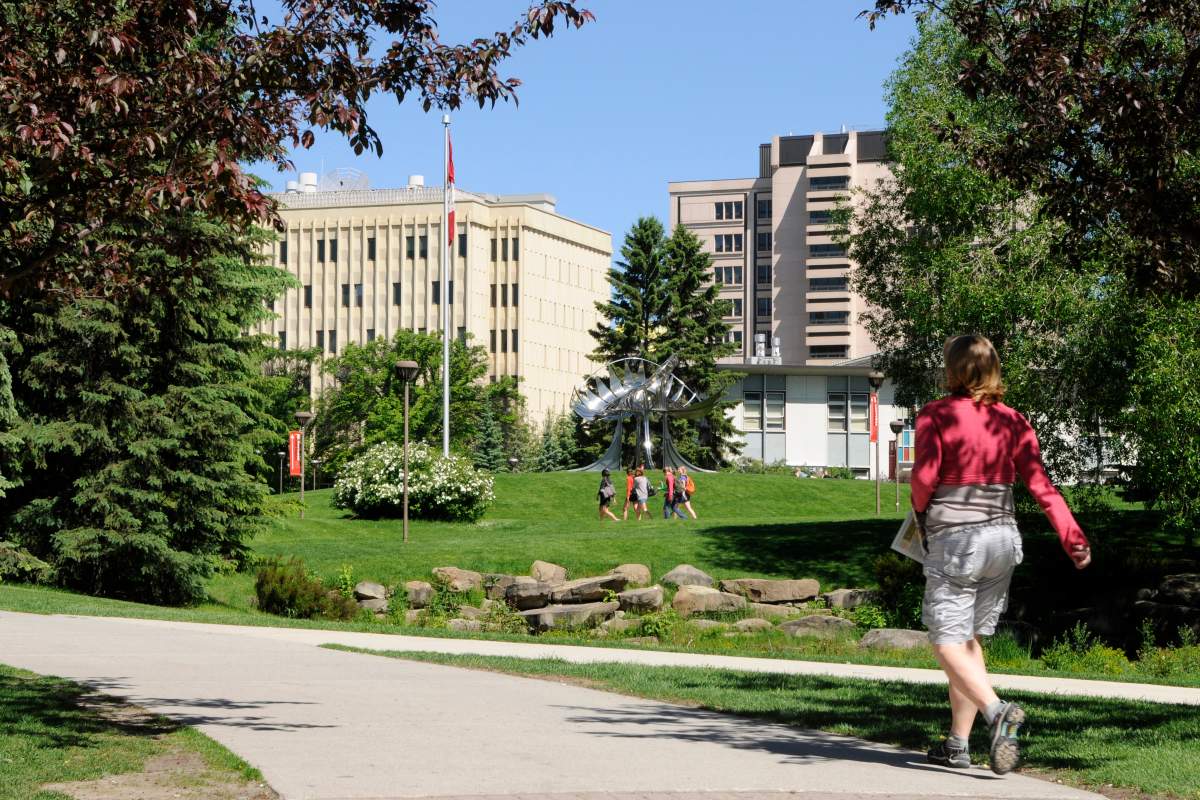Post-secondary students head back to class in September, which means time is ticking for those who have yet to find a place to live. The good news in Calgary is there are still many apartments available in prime locations — and for prices that won’t break the bank. It’s the one silver lining to Alberta’s badly bruised economy.

Vacancy rates are up about eight to 10 per cent in Calgary, according to Mark Hawkins from Rentfaster.ca. That’s compared with three per cent last year.
Meanwhile, rental prices have decreased. Of course it depends what kind of property you’re renting – and where it’s located.
READ MORE: Don’t panic Millennials – Expert tips for a bright financial future
Rent near Mount Royal University is down about 16 per cent from last year. By the University of Calgary, it’s down about 18 per cent.
The number of available units is between 10 and 20 per cent higher near these schools.
“I’m just starting to get those panicked phone calls from landlords who would usually have their apartments rented by now,” Hawkins said.
“There’s a glut of supply and students aren’t going to absorb that.”
Hawkins said with so many properties on the market, many landlords have had to lower their prices to stay competitive.

Get weekly money news
Arthur Kupper has had his property listed since mid July, and just signed a lease with a student at the end of August. He said he had to drop the price three times before he received any real bites.
It was originally listed for $1,500, and over time he was forced to lower the asking price by about $200.
“I’d rather drop the price a little than have it sit empty for months,” Kupper explained.
READ MORE: Canadian landlords share their worst tenant stories
Stephen Spangenberg, a student at SAIT, just found an apartment. His rent is $1,600 and is shared between two people. But the landlords had originally been asking for $1,700.
“I guess they couldn’t find a tenant and they dropped it,” Spangenberg said.
READ MORE: How to combat the far reaching consequences of student debt
READ MORE: Students pick University of Calgary residence despite lower Calgary rental rates
Adam Dullum is another SAIT student who just ended his lease and is moving to Victoria. He said finding an apartment near the school used to be tough. Not anymore.
“There are ‘for rent’ signs everywhere compared to before,” Dullum explained.
More selection and lower prices means post-secondary students have more bargaining power.

“A lot of younger individuals, a lot of students, don’t know that it is a negotiation. You can negotiate any parts in this agreement,” Hawkins said.
“You may not get what you want, but you can negotiate.”
That could mean convincing the landlord to include the cost of utilities, or maybe negotiating a shorter-term lease. Kupper says that’s something he’d prefer not to do because of the difficulty finding another tenant.
“I’d rather take a hard line on that and be willing to negotiate the rent,” he said.
READ MORE: Alberta landlords forced to offer free TVs, housecleaning, groceries to rent their properties
But Spangenberg said he got some flexibility on the terms of his lease.
“I was able to negotiate a lease for eight months instead of 12 months.”
For Hawkins, the best advice is to determine what’s most important to you – whatever it is – and negotiate on that.
“There’s definitely more choice out there for students, there’s better pricing. It’s a great time to be a student.”
READ MORE: Expert tips on budgeting and managing student debt


Comments